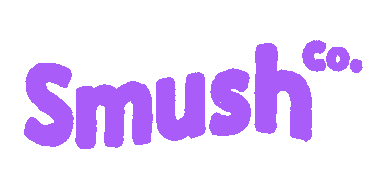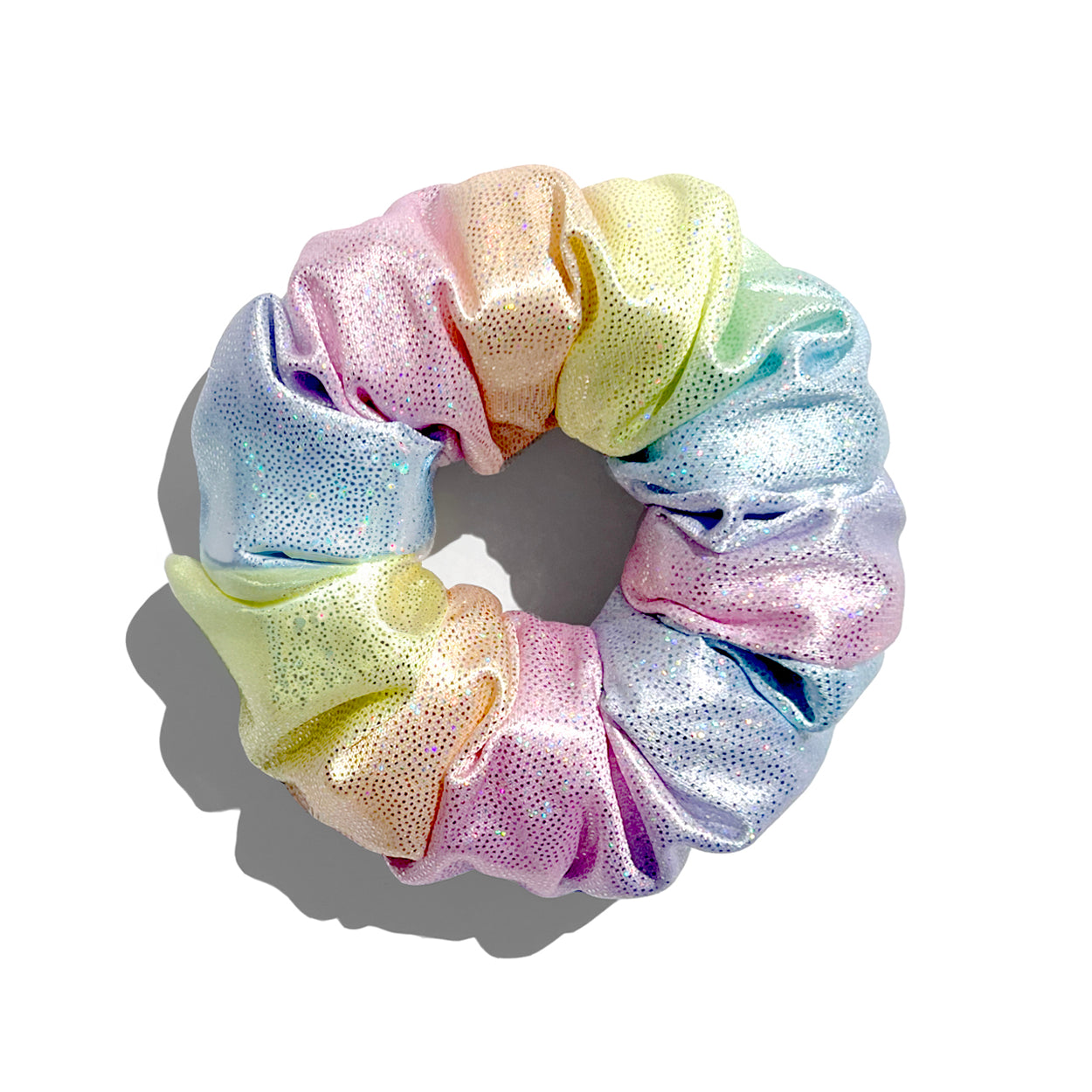April is here, and so is Autism Awareness Month.
But did you know many autistic individuals dread April and its message of awareness?
Search the hashtag #ActuallyAutistic on social media, and you will discover the sad history behind their trauma.
So, we’re going to explore how to support Autism Awareness Month in a way that gives the autistic community the respect they deserve.
Autistic Voices First
The first and most important step is to seek the knowledge and experience of autistic individuals. We have sadly come from a history where neurotypical people are defining autism and outlining what supports should be provided. Unfortunately, failing to listen to the lived experience of autistic individuals has resulted in the perpetuation of harmful stereotypes and misinformation.
The term “nothing about us, without us,” has been embraced by autistic self-advocacy organizations in an effort to highlight that decisions about autism policies and advocacy need to be made by or with autistic people.
So, if you are wondering how to support autism awareness month—look to the autistic community. Listen to their perspectives. Learn from their experiences. Through education, we can take action to provide meaningful support. The autistic community online has never been stronger and is committed to sharing lived experiences, providing guidance and unraveling misconceptions for anyone who is interested.
Language Matters
Language is a powerful tool for shaping how we think and talk about autism. But unfortunately, many common phrases and labels can be stigmatizing or inaccurate.
Here are some tips for using vocabulary that respects the diversity and complexity of the autism spectrum.
Identity First Language
Many autistic individuals prefer identity first language. Rather than saying “person with autism,” which suggests that autism is a separate and negative aspect of an individual’s identity, they may prefer “autistic person” to affirm that autism is an integral part of who they are.
Autistic podcaster Matt Haberer states, “It’s not something that I carry around in a bag with me. It’s something that makes me who I am and is an intrinsic part of my being”.
However, as always, respect autistic identities—when communicating with an autistic individual, ask them their preference and respect their wishes.
Drop the Labels
Labels like “low functioning” and “high functioning” can be misleading and limit our understanding of the wide range of abilities and challenges that autistic individuals may experience.
People often mistakenly view the autism spectrum as linear and representative of severity. In reality, the autism spectrum is more spherical, and individuals will have strengths and weaknesses in different areas or need more or less support.
Furthermore, autistic traits can vary depending on the environment or circumstance. For example, a young girl may have excellent communication skills at home with her family, but when at school, the sensory overload may significantly impair her abilities.
Avoid Pathological Framing
The traditional medical model views neurodevelopmental conditions like autism and ADHD as pathologies within the individual. But the social model of disability, in line with the neurodiversity movement, frames autism through the lens of cognitive diversity rather than deficit.
Many awareness campaigns in days gone by have focused on finding a cure or overcoming deficits to become “normal.” This type of language can be deeply offensive to the autistic community, reinforce harmful stereotypes, and reduce individuals to deficits and problems.
This quote from a young autistic individual sums it up perfectly.
“I’m beautiful, not broken.
Different, not less.
Challenged, not challenging.
Autism is not a choice.
However, acceptance is.”
Symbolisms of Inclusion
While you might think displaying a symbolic logo like the iconic puzzle piece supports autism awareness, the reality is that many autistic individuals find the puzzle narrative offensive. The puzzle piece was first used as a symbol for autism in 1963 and stemmed from the idea that autism was a puzzling condition that needed to be solved.
If you want to show your support through symbolism, consider neurodiversity-inclusive imagery like the infinity logo.
As autistic advocate Yenn Purkis explains, “Autistic people are not puzzles to be solved. We do not have any missing pieces. We are perfectly valid and whole as we are.”
Authentic Allyship
Being an ally to autistic individuals means more than just using inclusive language and symbols. It requires a commitment to ongoing education, self-reflection, and action.
Here are some ways to practice authentic allyship:
- Follow and engage with autistic individuals on social media
- Challenge your own biases around disability
- Support autistic-led organizations
- Advocate for policy changes in the workplace or school
- Think about accommodations that increase accessibility
Shifting From Awareness to Acceptance
If you’re looking at how to support Autism Awareness Month, start by shifting your perspective from awareness to acceptance.
In the words of a 14-year-old autistic boy, “Awareness means you know I’m here. Acceptance means you’re happy to see me.”
True inclusion and acceptance require more than just awareness. That’s why the team at Smush Co is passionate about providing sensory tools that encourage and facilitate inclusion and acceptance for growing kids, teens & adults.
The delightfully squishable and squeezable Smush Scrunchies combine fashion and sensory relief so you can show up in the world as the amazing, unique being you are!
We’re proud to support autism awareness & acceptance, not only in April but all year round.



























